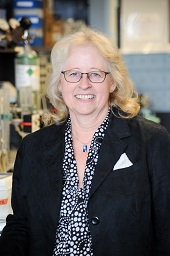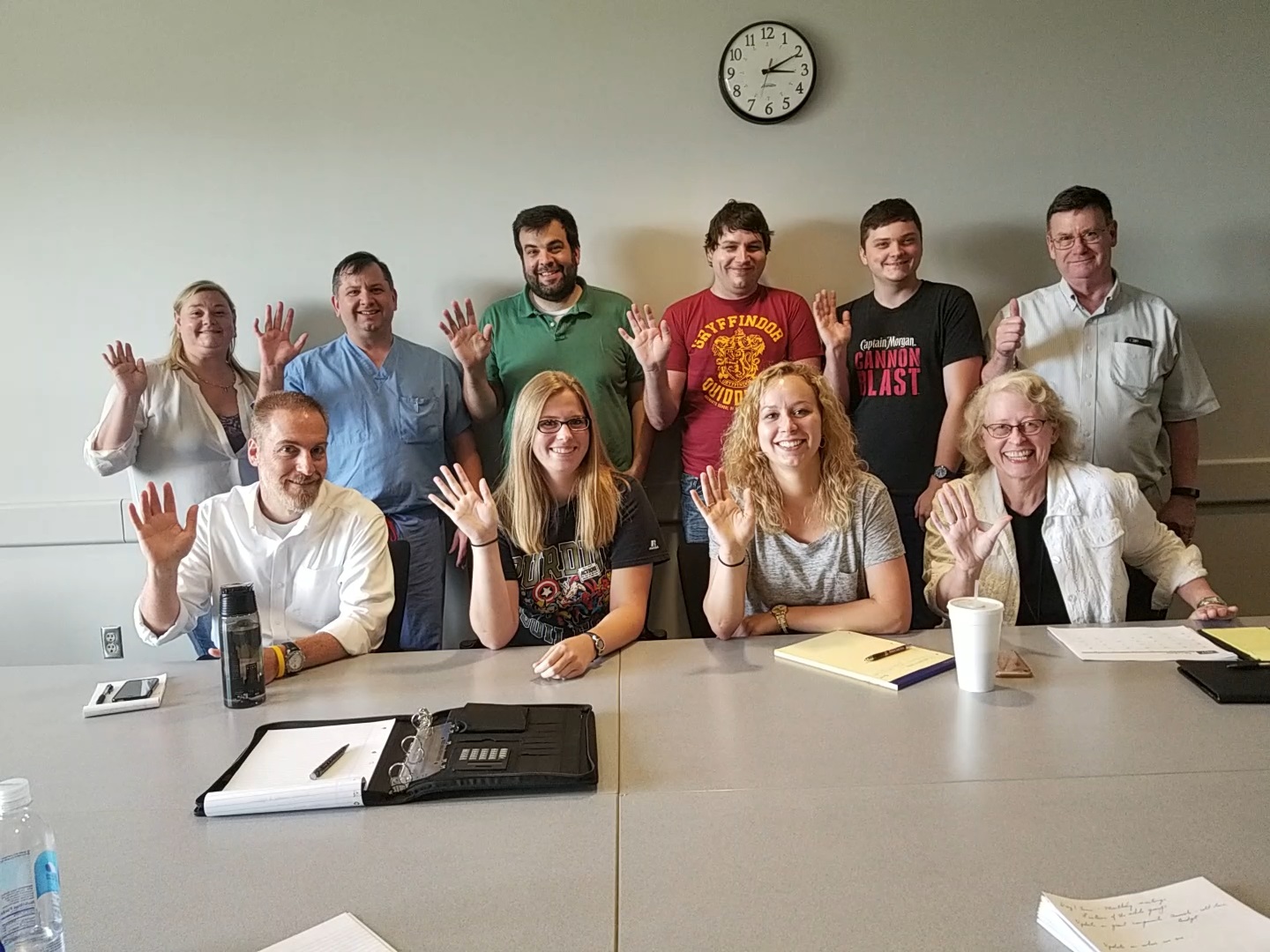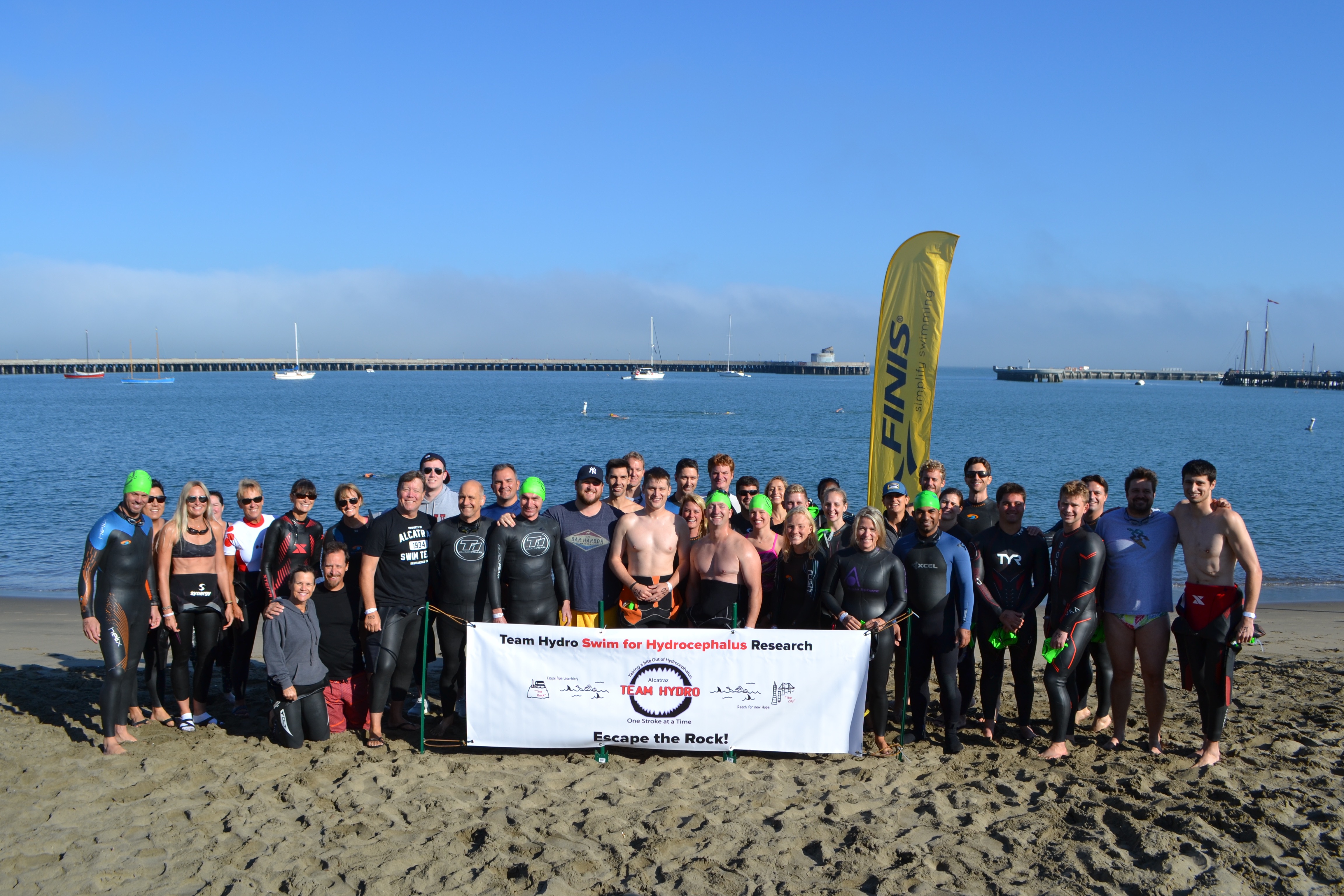 Dr. Bonnie Blazer-Yost, Ph.D is a Professor of Biology at Indiana University-Purdue University Indianapolis and the Indiana University School of Medicine.
Dr. Bonnie Blazer-Yost, Ph.D is a Professor of Biology at Indiana University-Purdue University Indianapolis and the Indiana University School of Medicine.
In 2015, Team Hydro was proud to sponsor Dr. Blazer-Yost by funding an Innovator Award through the Hydrocephalus Association to support her work studying the pharmacologic modulation of cerebrospinal fluid production. She put these funds to fantastic use, producing results that helped uncover new insights into the molecular mechanisms behind CSF and Hydrocephalus. To boot, these results have enabled her recently to receive a highly competitive, ~$1.3 million grant from the Department of Defense, so that she can develop her insights into potential pharmacologic therapies! What a return on investment!
We caught up with Dr. Blazer-Yost to hear about what brought her into Hydrocephalus research and to learn more about her exciting vision for the future.
TEAM HYDRO: Could you tell us a bit about your research and how it relates to hydrocephalus?
Dr. Blazer-Yost: My lab members and I are studying the basic mechanisms that are important in controlling how the body moves salt and water. Simply put, if the body wants to move water or produce a fluid like, for example, cerebrospinal fluid, it generally moves electrolytes in a very controlled way and the water follows by simple osmosis. For many years, I studied similar mechanisms in the kidney where water and electrolyte movements are hormonally controlled and are important for the regulation of blood pressure.
TEAM HYDRO: Interesting. How did you first become involved in hydrocephalus research?
Dr. Blazer-Yost: We were researching a potential treatment for a disease called polycystic kidney disease. Interestingly, this disease occurs with about the same incidence as hydrocephalus and there are no FDA-approved drugs for its treatment. Through our basic research we were able to identify a diabetes drug that could be re-purposed to treat polycystic kidney disease. We completed the preclinical testing in animals with good results and this drug is now in clinical trials for the treatment of polycystic kidney disease. During the initial pre-clinical studies we were using several animal models and one of these was a rat model that had both polycystic kidney disease and hydrocephalus. Using a chemical compound that was separate from the one that is in clinical trials we found that there was an effect on hydrocephalus rather than the kidney disease. A generous pilot grant from our University allowed us to confirm these initial findings.
TEAM HYDRO: You recently shared some fantastic news with us, fueled in part by the results from your work funded by Team Hydro. Could you describe these new developments in your lab?
Dr. Blazer-Yost: After we confirmed our initial findings it was necessary to obtain additional preliminary data that would make us competitive for national funding. The grant support from Team Hydro was instrumental in providing the funds to continue the research and obtain the preliminary data for submission of a grant to the Department of Defense ($1.3M!). We were elated to get the news that this proposal was accepted for funding. With the pilot funding from Team Hydro and our institution, we were not only able to obtain the preliminary data, but also to put together a stellar team of investigators. The grant enables me to fund 4 graduate students who are all in place and trained in the techniques we will be using. Our group is joined by a neurosurgeon who keeps us in tune with the realities of human hydrocephalus, a behavioral psychologist who will be directing studies to determine if treatment with our potential drug helps the animals attain a more normal activity profile, a radiologist who has developed the techniques that are needed to do MRIs in the rat pups to determine the degree of hydrocephalus and whether the treatment is helping this, and a new faculty member who is an expert in molecular biology and has brought a second hydrocephalic model into the study. Our overall goal at the end of this three year grant is to have conducted pre-clinical testing of the potential drug in three animal models – two pediatric and one adult.
TEAM HYDRO: How exciting! Given the existence of these large public organizations that fund research in the United States (NIH, DoD, etc.), could you comment a bit for our donors on the important role that private grants play in the research process? In other words, why should people donate to Team Hydro?
Dr. Blazer-Yost: No laboratory can effectively compete for grants from the large public organizations without preliminary data. Since my laboratory was, in essence, changing fields we had no preliminary data and without the pilot grants would have never been competitive for the large grant that we have now obtained. Having groups like Team Hydro that understand the disease and are willing to fund “high-risk/high-impact” projects like our initial studies, makes a huge difference in moving the research toward a cure. Groups like Team Hydro, the Hydrocephalus Association, the Polycystic Kidney Disease Foundation and the Cystic Fibrosis Association are all examples of fundraising groups that have come together to advance research toward a cure for a particular disease and all have had remarkably positive impacts on the research in their particular fields.
TEAM HYDRO: Well, we are certainly thrilled that you’re changing fields into Hydrocephalus! As you know, the current (surgical) treatment for hydrocephalus is invasive, dangerous, and often ineffective. What is your lab’s vision as you look forward in this important field?
Dr. Blazer-Yost: Our goal is to study the basic mechanisms of the production of cerebrospinal fluid to try to determine how this production could be safely manipulated with drugs to decrease the amount in a controlled manner. Thus far we have shown in our animal model that treatment with our compound of interest does decrease the hydrocephalus. Our next immediate goal is to see if this works in a second animal model. The other thing that we want to do with the current funding is to obtain a better understanding of the biochemical mechanism of cerebrospinal fluid production, what factors in the body may cause this to increase and are there other points in the biochemical pathway that could be targets for drug development. Regardless of the cause of the hydrocephalus, decreasing production of the fluid would have the same effect as placing as shunt except that this does not require surgery and can used only as needed.
TEAM HYDRO: It’s certainly hard to overstate the impact that such treatments would have on the million+ Americans with Hydrocephalus! Thank you, Dr. Blazer-Yost!
Dr. Blazer-Yost’s work is a perfect example of everything we hope to achieve in supporting research through Team Hydro: Not only does her work hit straight at the heart of Hydrocephalus on a molecular level, with exciting promise for non-invasive therapies, but it also has brought a new set of brilliant minds into the field of Hydrocephalus research.
But there still remains much to be done! At Team Hydro, we are committed to supporting the next wave of researchers seeking to understand and cure this neglected yet terrible disease. Let’s keep pushing!
Go Team Hydro! Together we can CURE hydrocephalus!

Blazer-Yost Lab sends Team Hydro a “good luck wave” as we prepare to make a splash in the Bay!




